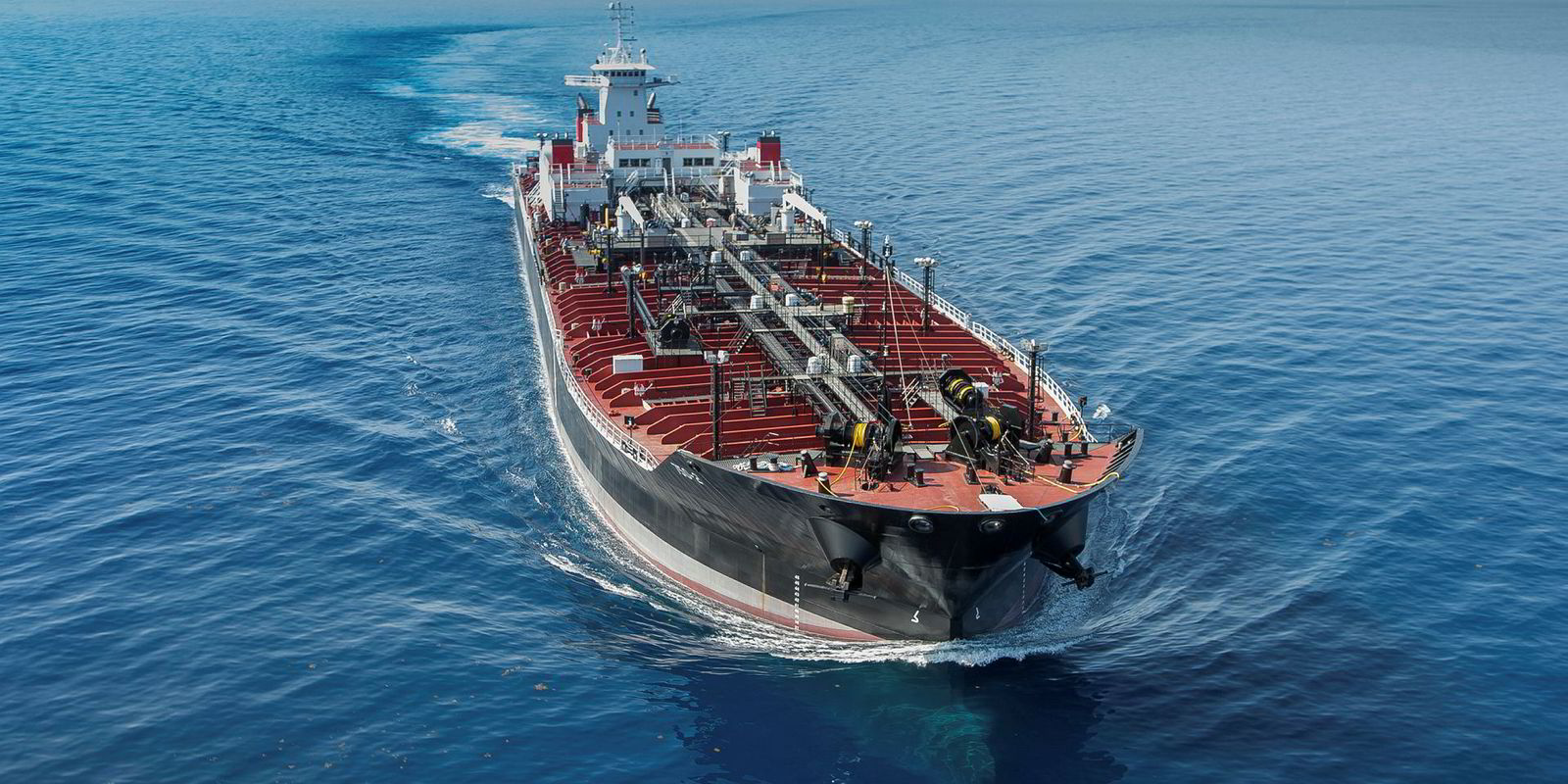The spot market for Jones Act tankers and articulated tug barges (ATBs) appears to be firming.
Industry sources say rates have climbed year-on-year, thanks to older tonnage exiting the market, more oil moving from East to West and IMO 2020 affecting the entire industry.
“Both coastal and inland, the supply curves are continuing to get better, you get some market disruption with IMO 2020 and you get debottlenecking with crude ... The dynamics look pretty good for both on a long-term basis [and intermediate-term basis] at the moment,” said Wells Fargo analyst Michael Webber.
Spike in activity
In a recent research note, Webber says spot market activity for both types of vessels has increased coming out of the oil refinery turnaround season, although there has been no major pop in rates yet.
John Ara, vice president of sales and chartering at Crowley Petroleum, said the “general trend” is for some firming in the spot market. He said rates have risen 15% to 20% year-on-year, although he declined to offer exact figures.
Bruce Richards, vice president for barges at Moran Towing, said some of that growth is coming from the supply side. Older tonnage is being retired because of costly ballast water treatment regulations, special surveys and the fact that older vessels are harder to vet.
“It’s another expense,” Richards said. “If you have a marginal vessel, it doesn’t take a lot to push you not to do it.”
Listed players in the market have retired both older tankers and barges. For example, Overseas Shipholding Group retired two ATBs late last year and the Tampa-based company intends to retire two more this year.

Meanwhile, Kirby Corp wrote down the book value of four older ATBs and one leased barge last year, with the intention of retiring them. Any further investment, Kirby said, would be “financially unattractive”.
[For MR tankers] that are getting older, now that there is newer tonnage available, oil companies can be a little more selective in what equipment they vet
John Ara, Crowley Petroleum
“[For MR tankers] that are getting older, now that there’s newer tonnage available, oil companies can be a little more selective in what equipment they vet,” Ara said.
“There’s more pressure to hire the newer equipment now,” he added. “I think the older equipment can get harder to vet unless it’s going between [the oil company’s] own terminals.”
Rate bump
Richards further credited the rate bump to the Brent-West Texas Intermediate price spread, which is down 20.6% on last year, or $1.31 per barrel.
“[The spread] remains favourable for moving oil from the Gulf to the East Coast refiner,” he said.
Further, according to Webber, increased takeaway capacity from the Permian basin oilfield could lead to further demand.
Of the upcoming IMO 2020 regulations, Richards said the new rules would displace fuel oil with diesel, with extra diesel being used to blend down high-sulphur fuel.
“That fuel oil, I can foresee a situation when you have 0.5 [sulphur content fuel] moving one direction and high-sulphur [fuel] moving [in] the other direction,” he said.
“It is certainly going to create inefficiencies in the market, which should be positive to any carrier, whether it’s Jones Act or international.”
Upbeat attitude
Overall, Richards said he “senses a general firming” and a “general upbeat attitude”, although rate increases might not live up to expectations.
“I suspect it’s like anything else, the hype prior to something is always better than the reality,” he said. “I would expect the market by the first or second quarter of 2020 to have settled and return to equilibrium.”





